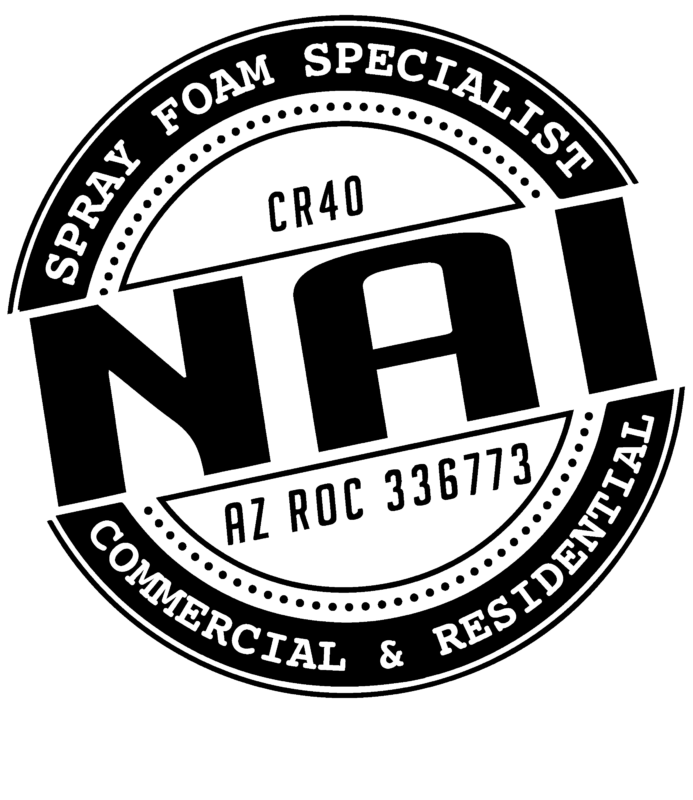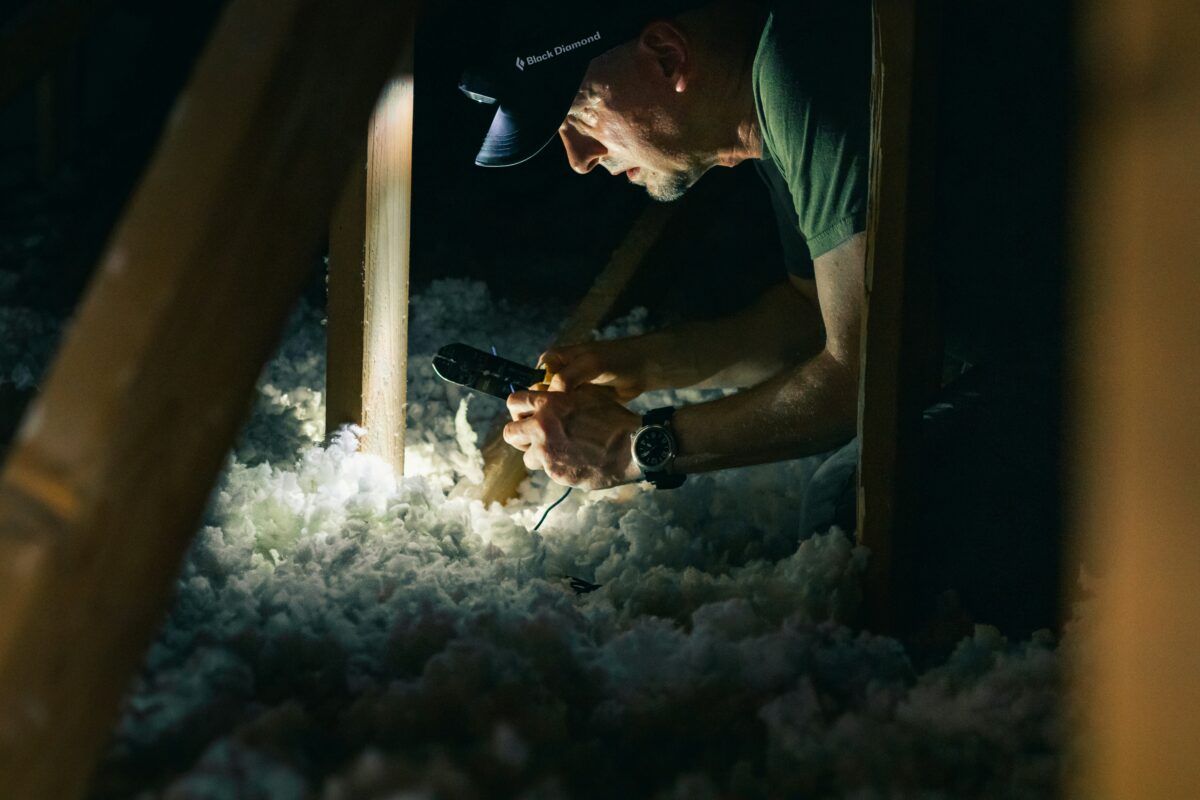By properly insulating your home, you can maintain a consistent temperature, lower utility bills, and even increase your property’s value. In this comprehensive guide, we’ll explore everything you need to know about insulation installation—from understanding its benefits to choosing the right type of insulation and ensuring a successful installation.
Whether you’re a homeowner or a DIY enthusiast, this guide is tailored to help you make informed decisions about insulating your space.
What is Insulation?
Understanding the Basics
Insulation is a material used to reduce heat transfer between the inside and outside of a building. It acts as a barrier, keeping warm air in during the winter and cool air in during the summer. This helps maintain a comfortable indoor temperature throughout the year.
Types of Insulation Materials
There are various types of insulation materials available, including fiberglass, cellulose, foam board, and spray foam. Each type has its unique properties and benefits. For example, fiberglass is commonly used because it’s affordable and effective, while spray foam offers superior insulating properties and can fill small gaps and cracks.
R-Value and Its Importance
The R-value measures the insulation’s ability to resist heat flow. The higher the R-value, the better the insulation. Different materials and thicknesses have varying R-values, so it’s essential to choose the right one for your climate and specific needs.
Benefits of Proper Insulation
Energy Efficiency
One of the primary benefits of proper insulation is improved energy efficiency. By reducing the amount of heat escaping your home, you can lower your heating and cooling costs significantly. This not only saves you money but also reduces your carbon footprint.
Enhanced Comfort
Insulating your home helps maintain a consistent indoor temperature, making your living spaces more comfortable. You won’t have to deal with cold drafts in the winter or sweltering heat in the summer. Plus, insulation can also reduce noise from outside, creating a quieter environment.
Increased Home Value
A well-insulated home is more appealing to potential buyers. It indicates that the property is energy-efficient and well-maintained, which can increase its market value. Investing in insulation is a smart choice that pays off in the long run, both in comfort and financial returns.
Choosing the Right Insulation
Assessing Your Needs
Before selecting insulation, consider factors like your climate, the age of your home, and your budget. Homes in colder climates may require higher R-values, while those in milder areas might need less. Additionally, older homes may have different insulation needs compared to newer constructions.
Comparing Insulation Types
Each insulation type has its pros and cons. Fiberglass is cost-effective and easy to install, but it can irritate the skin and respiratory system. Cellulose is eco-friendly and provides good coverage, but it can settle over time. Spray foam offers excellent insulation but is more expensive and requires professional installation.
Hiring a Professional vs. DIY
While some insulation projects can be handled by DIY enthusiasts, others may require professional expertise. Professionals have the tools and knowledge to ensure proper installation, which can maximize the insulation’s effectiveness. However, if you’re confident in your skills, DIY installation can save money.
Preparing for Installation
Inspecting Your Home
Before installing insulation, inspect your home for any existing issues, such as leaks or mold. Address these problems first to ensure the insulation performs optimally. Look for gaps around windows and doors, as well as any areas where air might be escaping.
Measuring the Area
Accurate measurements are crucial for effective insulation. Measure the length, width, and height of the spaces you plan to insulate. This information will help you determine the amount of insulation material needed, ensuring you don’t run out mid-project.
Gathering Materials and Tools
Once you have your measurements, gather the necessary materials and tools. This might include insulation batts or rolls, a utility knife, a tape measure, and safety gear like gloves and goggles. Having everything on hand before you start will make the process smoother and more efficient.
Installing Insulation in Walls
Preparing the Wall Cavity
To install insulation in walls, you’ll need to open the wall cavity. This might involve removing drywall or paneling. Once the cavity is exposed, clean out any debris and ensure the space is dry and free of mold or pests.
Cutting and Fitting Insulation
Cut the insulation to fit snugly between the wall studs. Be careful to avoid compressing the material, as this can reduce its effectiveness. Use a utility knife to make precise cuts and fit the insulation tightly into the cavity.
Sealing and Finishing
After the insulation is in place, seal any gaps with caulk or expanding foam. This prevents air leaks and maximizes the insulation’s performance. Once sealed, replace the drywall or paneling and finish the wall as desired.
Installing Insulation in Attics
Preparing the Attic Space
Attics are a common area for heat loss, making them a priority for insulation. Before starting, clear out any stored items and ensure the space is clean and dry. Check for any roof leaks or structural issues that need addressing.
Laying Insulation
Start by laying insulation between the attic joists. Use rolls or batts, and cut them to fit as needed. Be sure to leave ventilation paths open to prevent moisture buildup. If adding a second layer, lay it perpendicular to the first for better coverage.
Ensuring Ventilation
Proper ventilation is crucial in attics to prevent moisture problems. Ensure that soffit vents, ridge vents, and gable vents are not blocked by the insulation. Good airflow helps maintain the insulation’s effectiveness and prevents mold growth.
Installing Insulation in Basements
Addressing Moisture Issues
Basements can be prone to moisture problems, so it’s important to address these before insulating. Seal any cracks in the foundation and consider installing a vapor barrier to prevent moisture from seeping in.
Choosing the Right Insulation
For basements, consider using rigid foam board insulation. It’s moisture-resistant and provides a high R-value. You can attach the foam boards directly to the basement walls using adhesive or mechanical fasteners.
Completing the Installation
Once the foam boards are in place, seal the seams with tape or caulk. This ensures an airtight seal and enhances the insulation’s performance. Finish the walls with drywall or paneling for a polished look.
Insulating Floors and Crawl Spaces
Assessing the Area
Floors and crawl spaces are often overlooked but can contribute to significant heat loss. Inspect these areas for any signs of moisture or pests, and address any issues before proceeding with insulation.
Installing Underfloor Insulation
For underfloor insulation, consider using batts or rolls. Secure the insulation between the floor joists, ensuring it fits snugly. Use wire supports or netting to hold the insulation in place and prevent it from sagging.
Sealing and Protecting
After installing the insulation, seal any gaps with expanding foam or caulk. This prevents air leaks and enhances the insulation’s performance. Consider adding a vapor barrier to protect against moisture.
Maintaining Your Insulation
Regular Inspections
Insulation requires regular maintenance to ensure it performs optimally. Conduct periodic inspections to check for any signs of damage, such as moisture, pests, or compression. Address any issues promptly to maintain efficiency.
Upgrading When Necessary
Over time, insulation can degrade or become less effective. If you notice an increase in energy bills or a decrease in comfort, it may be time to upgrade your insulation. Consult a professional to assess your needs and recommend the best solution.
Staying Informed
Stay informed about the latest insulation technologies and best practices. New products and techniques are continually being developed, offering improved performance and efficiency. Keeping up-to-date ensures your home remains comfortable and energy-efficient.
Reach Out to NAI Spray Foam Today
Proper insulation installation is crucial in creating a comfortable and energy-efficient home. By following the tips and techniques outlined in this guide, you can ensure that your insulation is installed correctly and effectively.
However, if you have any further questions or would like personalized advice, do not hesitate to reach out to our team of experts at NAI Spray Foam. Our experienced professionals are always available to provide you with the best solutions for your specific insulation needs.

